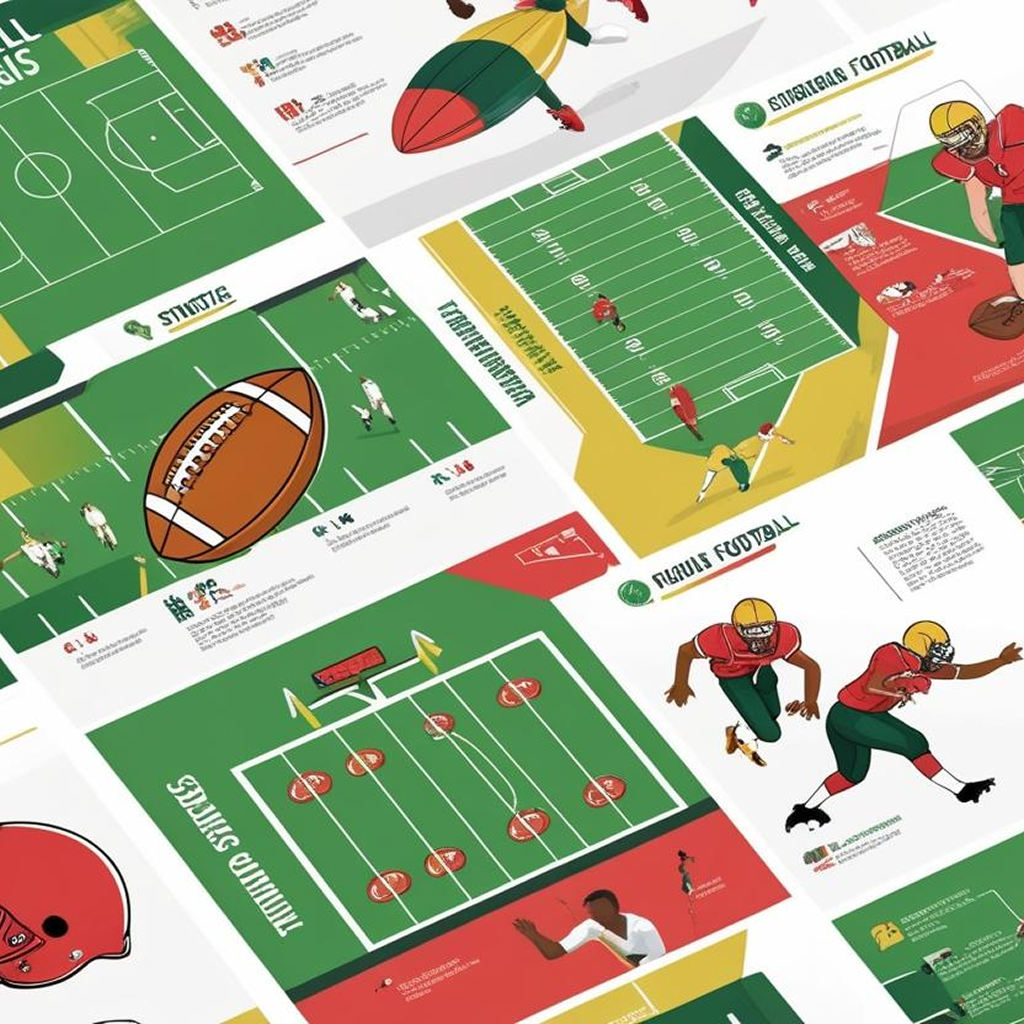Fantasy sports have evolved beyond simple box score statistics. To gain an edge over your competition, utilizing advanced stats can help you make more informed decisions on draft day and throughout the season. Whether you’re playing fantasy football, basketball, or baseball, these metrics can help identify undervalued players, breakout candidates, and matchups to exploit.
Why Advanced Stats Matter
-
More Accurate Player Evaluation – Traditional stats can be misleading; advanced metrics provide a clearer picture of performance.
-
Predicting Breakouts and Busts – Identifying hidden gems before they emerge.
-
Matchup Optimization – Gaining an edge by targeting favorable situations.
-
Injury and Fatigue Insights – Understanding how workload affects player performance.
Fantasy Football: Key Advanced Stats
1. Target Share (TS%)
- Measures the percentage of a team’s pass attempts directed at a player.
-
Why it matters: High target share means more opportunities for fantasy points.
-
How to use it: Prioritize WRs with high TS% when choosing between similarly ranked players.
2. Air Yards
- Total distance the ball travels toward a receiver before a catch or incompletion.
-
Why it matters: Indicates a player’s potential for big plays.
-
How to use it: Identify WRs with high air yards but low receptions—they may be due for a breakout.
3. Yards Per Route Run (YPRR)
- Efficiency metric measuring how productive a receiver is per route run.
-
Why it matters: Separates volume-dependent players from efficient ones.
-
How to use it: Target receivers with high YPRR over those with inflated volume numbers.
4. Expected Points Added (EPA)
- Measures how much a player contributes to scoring beyond expected results.
-
Why it matters: High EPA suggests a player is making impactful plays, even if traditional stats don’t show it.
-
How to use it: Favor players with high EPA in high-powered offenses.
Fantasy Basketball: Key Advanced Stats
1. Usage Rate (USG%)
- Percentage of team possessions used by a player when on the floor.
-
Why it matters: High-usage players control the offense and have more scoring opportunities.
-
How to use it: Target players with increased USG% after roster changes (injuries, trades, coaching changes).
2. Player Efficiency Rating (PER)
- Measures a player’s per-minute statistical production.
-
Why it matters: Provides a broad measure of overall performance.
-
How to use it: Use PER to identify undervalued players with limited minutes who could break out with more playing time.
3. True Shooting Percentage (TS%)
- A more accurate measure of shooting efficiency incorporating free throws and three-pointers.
-
Why it matters: Helps differentiate volume scorers from truly efficient ones.
-
How to use it: Prioritize players with high TS% in leagues with FG% as a category.
4. Defensive Real Plus-Minus (DRPM)
- Evaluates a player’s defensive impact on team performance.
-
Why it matters: Crucial in category leagues where steals, blocks, and defensive impact matter.
-
How to use it: Use DRPM to find undervalued defensive specialists.
Fantasy Baseball: Key Advanced Stats
1. Weighted On-Base Average (wOBA)
- Assigns value to each way a player reaches base based on run expectancy.
-
Why it matters: A better predictor of future performance than batting average.
-
How to use it: Prioritize players with a high wOBA for consistency in points leagues.
2. Hard Hit Rate (HH%)
- Percentage of batted balls hit with an exit velocity over 95 mph.
-
Why it matters: Hard-hit balls have a higher likelihood of turning into hits or home runs.
-
How to use it: Identify hitters on the verge of a power surge.
3. Strikeout-to-Walk Ratio (K/BB)
- Ratio of a pitcher’s strikeouts to walks allowed.
-
Why it matters: A high K/BB ratio indicates control and dominance.
-
How to use it: Target pitchers with strong K/BB ratios for long-term success.
4. Expected ERA (xERA)
- Uses advanced metrics like exit velocity and launch angle to estimate a pitcher’s true performance.
-
Why it matters: Helps identify pitchers who may regress (positively or negatively).
-
How to use it: Pick up pitchers with a lower xERA than their actual ERA—they may be due for improvement.
How to Apply These Stats in Your Fantasy League
-
Draft Strategy: Identify undervalued players using advanced metrics rather than relying on name recognition.
-
Waiver Wire: Pick up emerging players with strong advanced stat trends before they become mainstream.
-
Trades: Use hidden metrics to find buy-low and sell-high candidates.
-
Matchup Planning: Optimize weekly lineups based on efficiency stats and opponent weaknesses.
Final Thoughts
Mastering advanced stats in fantasy sports gives you a significant edge over the competition. By incorporating these data-driven insights into your draft and season-long strategy, you can make more informed decisions, avoid busts, and increase your chances of winning your league.
Are you ready to take your fantasy game to the next level? Start using advanced stats today!
